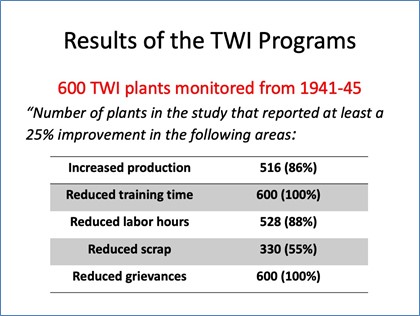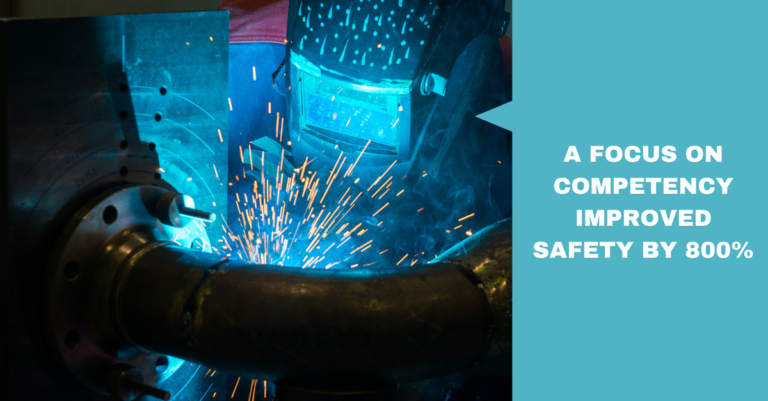Managing Risk:The Tale (or is that tail?) of the Loaded Skunk.
In one of my other incarnations, I’m a volunteer at the Rockyview Wildlife Recovery Centre (www.rockyviewwildlife.org).
One of many wonderful things about interacting with wild animals at RWR is the lessons we can learn from the experience. The other night, I was finishing my shift, feeding the last of a menagerie of orphaned baby hares, when our resident skunk (also a youngster) woke up and decided it was playtime. Now, ordinarily, we don’t ‘play’ with the animals, as the last thing we want is for them to stop fearing humans. We make a few exceptions, and the skunk is one. The theory is that by interacting with it, it will be less likely to spray anyone. This is, after all, an anatomically correct, fully functional skunk.
Anyway, without really thinking about what I was doing, I started playing through the bars of the enclosure.
The little skunk jumped on my hand, squirming and rolling, play fighting, when it suddenly occurred to me that I was wrestling with a fully loaded skunk: not the safest of pursuits!
So what does all this have to do with managing risk? Well it turns out that handling a loaded skunk isn’t all that much different from dealing with the risks associated with a project, and the consequences for mismanagement in both cases can bring tears to your eyes and leave a lingering odour.
The risk assessment equation is pretty simple: risk factor is defined as the probability of something going wrong, multiplied by the consequences if it does. As you approach your next project (or your next skunk), keep the following steps in mind:
- Identify all the things that could go wrong.
- In the case of the skunk the options are “get bit”, “get scratched”, “get sprayed”.
- Rank these things in order, from ‘most likely’ to ‘least likely’.
- This helps focus your attention on the critical few things that could cause grief. In the case of wrestling with the skunk, the order was scratched, bit, sprayed.
- Decide on the consequences.
- Getting scratched or bitten by a baby skunk carries relatively minor consequences: first aid is readily available, the possible damage isn’t likely to be severe, we are reasonably certain the animal isn’t carrying disease, and my tetanus & rabies shots (yep, we need rabies shots!) are up to date. Getting sprayed, on the other hand, could really add some challenges to tomorrow’s contracting meeting with a major client, not to mention the joy of a night spent sleeping in the backyard (alas, the better half doesn’t share my passion for the critters).
- Quantify risk factor.
- The critter in question had sprayed on at least 3 previous occasions, including twice in the last week. I figured overall risk was high.
- Design actions to minimize risk.
- Avoid the south end of the animal, don’t get too aggressive, avoid sudden/abrupt movement or noises, and be prepared to back off if the skunk shows signs of agitation.
- Implement actions and monitor.
- The steps listed are the same ones you need to look at for your next project. They are fundamental to good project management, and if (when) problems arise, the fact that you were thinking about them can mean the difference between a minor inconvenience and a major train wreck. Make them part of your process, and you can avoid having your next project turn into real stinker.
- BTW, the skunk didn’t get me: she’s in excellent health and growing rapidly, and will in all likelihood be released before this article appears…
Read With Us
If you found this information useful, please subscribe to be notified for our next great post.

Competency and the Link to Engagement and Performance: If you’re not focused on competency… what ARE you focused on?
At WFSI, we’re laser-focused on competency as THE key to organizational performance. And while there are companies who say they have a competency focus, when you scratch a bit below the surface, you find that things aren’t necessarily what they may appear to be. One example we’ve seen repeatedly is in recruiting for “entry-level” positions….

Competency Testing in Recruiting: It’s Probably A LOT Easier Than You Think…
When we talk to companies about testing for competency during recruiting and selection, we often get pushback: “That’s too complicated!” “That’s too expensive!” “That takes too much time!” But does it really? We maintain that the biggest reason that companies don’t do really engage in competency testing is that they really don’t have a proper…

Graduate to Greatness
As a newly(ish) graduated student, I’ve learned that the job-hunting process can be a real rollercoaster ride. One moment you’re feeling confident and excited about a job opportunity, and the next you’re refreshing your email inbox every five seconds, anxiously waiting for a response. I know first-hand how challenging it can be to find a…








